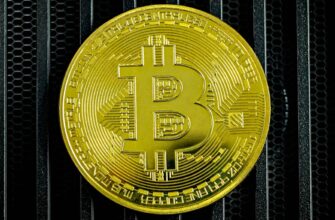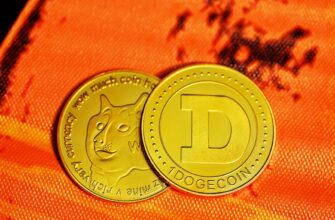- How to Guard Crypto Wallet Anonymously: Ultimate Privacy Guide
- Why Anonymity Matters in Crypto
- Choosing an Anonymous Wallet
- Setting Up Your Wallet Anonymously
- Using VPNs and Tor for Enhanced Privacy
- Avoiding Common Mistakes
- Maintaining Long-Term Anonymity
- Frequently Asked Questions (FAQ)
- Can crypto wallets be 100% anonymous?
- Is a hardware wallet necessary for anonymity?
- Do VPNs slow down crypto transactions?
- How do I recover funds anonymously if I lose access?
How to Guard Crypto Wallet Anonymously: Ultimate Privacy Guide
In the decentralized world of cryptocurrency, anonymity isn’t just a preference—it’s a critical layer of security. With rising threats like hacking, phishing, and surveillance, learning how to guard your crypto wallet anonymously is essential for protecting your digital assets. This guide reveals practical, step-by-step methods to cloak your transactions and identity while fortifying your wallet against intrusions. Let’s dive into the tools and techniques that keep your crypto truly private.
Why Anonymity Matters in Crypto
Anonymity shields you from targeted attacks, government tracking, and data breaches. Public blockchains like Bitcoin record every transaction permanently, linking wallets to real identities through exchanges or IP leaks. Without anonymity, hackers can trace your wealth, and authorities might freeze assets. By obscuring your digital footprint, you retain full control—a core principle of cryptocurrency’s original vision.
Choosing an Anonymous Wallet
Not all wallets prioritize privacy. Opt for these features:
- Non-Custodial Wallets: Like Electrum or Wasabi—you control private keys, no third-party risks.
- Built-in Tor Integration: Wallets like Samourai automatically route traffic through Tor.
- CoinJoin Support: Tools (e.g., JoinMarket) mix transactions with others to break traceability.
- Open-Source Code: Auditable software ensures no hidden backdoors.
Avoid web-based or exchange wallets—they require KYC and expose your data.
Setting Up Your Wallet Anonymously
Follow this secure setup process:
- Download wallets only from official sites (verify checksums).
- Use a clean device: Dedicated laptop or hardware wallet (Ledger/Trezor) never used for social media.
- Generate seed phrases offline—write on steel, never digitally.
- Disable auto-connect features to prevent IP leaks.
- Create multiple wallets to compartmentalize funds.
Using VPNs and Tor for Enhanced Privacy
Mask your IP address—the gateway to your identity:
- VPNs: Choose no-logs providers like Mullvad. Always activate before accessing your wallet.
- Tor Browser: Routes traffic through multiple nodes, making tracking near-impossible. Ideal for wallet setup.
- Onion Addresses: Access wallet interfaces via .onion URLs when available.
Never use public Wi-Fi without these tools—even home networks can be compromised.
Avoiding Common Mistakes
Steer clear of these anonymity pitfalls:
- Reusing Addresses: Generate a new address for every transaction to prevent clustering.
- Linking to Identifiers: Never associate wallets with emails, usernames, or phone numbers.
- Ignoring Metadata: Exif data in uploaded documents (e.g., ID for exchanges) reveals location.
- Using Centralized Mixers: They may log data—opt for decentralized alternatives like Whirlpool.
Maintaining Long-Term Anonymity
Sustaining privacy requires ongoing vigilance:
- Regularly rotate wallets and addresses.
- Monitor blockchain explorers (e.g., Blockchair) for unexpected links to your funds.
- Use privacy coins like Monero or Zcash for high-risk transactions.
- Keep software updated to patch vulnerabilities.
- Never discuss holdings or transactions on social media.
Frequently Asked Questions (FAQ)
Can crypto wallets be 100% anonymous?
Perfect anonymity is challenging, but layered methods (Tor, CoinJoin, no-KYC) make tracing extremely difficult. Always assume some risk exists.
Is a hardware wallet necessary for anonymity?
Not essential but highly recommended. Hardware wallets isolate keys from internet-connected devices, reducing attack vectors.
Do VPNs slow down crypto transactions?
Minimally. Premium VPNs add negligible latency—privacy outweighs minor speed trade-offs for sensitive activities.
How do I recover funds anonymously if I lose access?
Use seed phrases stored offline (e.g., steel plate). Avoid cloud backups or third-party recovery services that compromise privacy.








